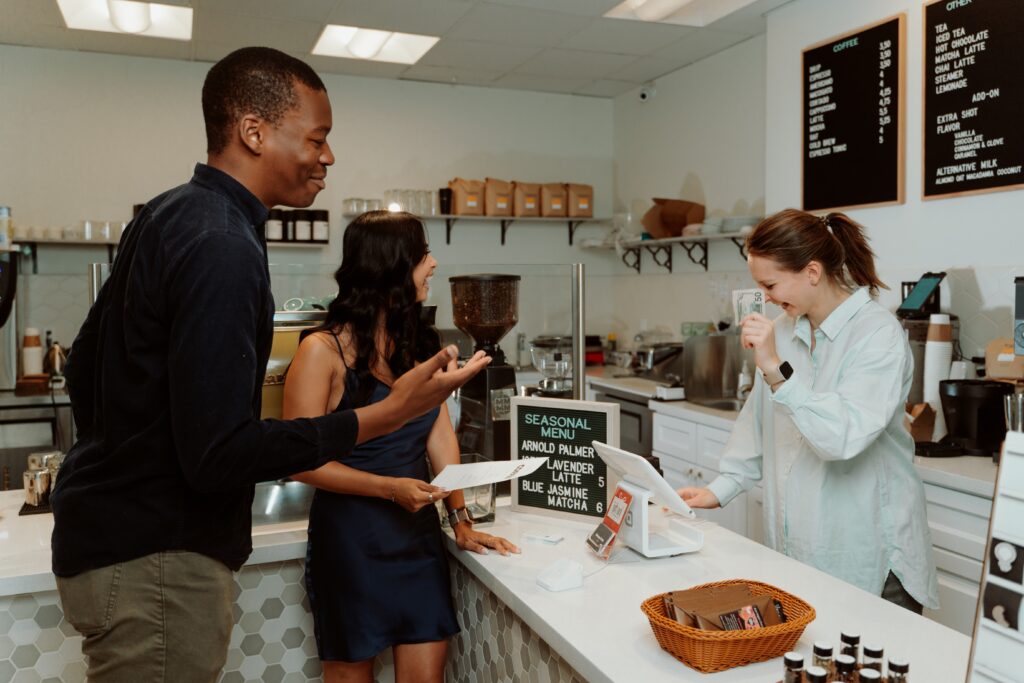By learning how to build a variety of business assets – you may be in a position to sell your business sooner than you imagined. Business assets are not just what we traditionally see as ‘hard’ or ‘tangible’ assets like land and machines. There is power in business assets that raise ‘goodwill’. Start by asking yourself a question…
How much ‘goodwill’ do you have in your business?
The term ‘goodwill’ is often thrown around as though it is a subjective description of how much your customers like your business.
In fact, when it comes to valuing your business, there is nothing subjective about the definition of ‘goodwill’. It is an actual sum. It’s defined as the difference between what someone is willing to pay for your company and the value of your hard assets.
Let’s imagine you own a plumbing company. The main physical assets in your company are the five vans you own and some tools with a total value of around $100,000. If you sold your plumbing company for $1,000,000, the acquirer would have paid $900,000 in goodwill ($1,000,000 minus $100,000).
How can acquiring ‘goodwill’ raise the value of a business?
When a company sells for the value of its fixed assets, it is often a distressed business one step away from closing down.
One way to think about your role as the owner is to maximise the difference between what your business is worth to a buyer and the value of your fixed assets.
For a good example of the difference between valuing a business for its hard assets versus ‘goodwill’, take a look at the recent acquisition of Starwood Hotels & Resorts Worldwide by Marriott. It has bought more than bricks and mortar, hasn’t it?
Neither Starwood nor Marriott own many of the hotels that bear their name. Instead, they license the name to operators, franchisees, and the owners of the bricks and mortar.
So why would Marriott cough up $13 billion for Starwood if they don’t even own the hotels they run?
In part, Marriott wanted to get its hands on the Starwood Preferred Guest program. It’s a loyalty scheme that has proven more popular than Marriott’s own program for frequent travellers.
Similarly, Uber is worth something north of $50 billion not because they own a whole bunch of cars. It’s because more than one million people per day hail a ride using their service.
The lesson here?
Don’t chase hard assets at the expense of ‘goodwill’. Many owners focus their efforts on building their stockpile of hard assets (those that can be listed on a balance sheet) and do not really understand the concept of ‘goodwill’, which is a highly subjective figure.
Accumulating hard assets like land, machines, and equipment is fine. But the savvy business owner, looking to maximise value, focuses less on the tangible assets and more on assets that create real value for their customers.
How to build business assets that can raise ‘goodwill‘
Some examples of assets you might want to focus on to create value for your customers include:
- New products and services that solve your customers’ problems or make their lives easier;
- Intellectual property that you own and is not easily replicable by competitors;
- Distribution networks to reach out to your ideal clients, predictably and consistently;
- Brand and reputation: how the market perceives your business and what people know you for;
- Team of employees to sell, deliver and follow up with your customers so you don’t have to;
- Systems and processes that your team can follow so most of the work is done when you’re not around;
- Strategic partnerships usually formed over many years with deep commercial and personal connections that are not easily replicated and give your business an edge over the competition.
You see how building these softer assets can raise ‘goodwill’? They also make the business less reliant upon you being there?
Increase the value of your company
These assets take longer to build, it’s true. But, by their very nature, they produce economic benefits to the organisation. These benefits can be replicated and improved upon long after you exit the business.
Arguably, both Uber and Starwood would be a shadow of the companies they are today had they pursued a strategy of accumulating hard assets. Would Uber ever have made it out of San Francisco if they had to buy a car every time they added a driver to their network?
In your case, focus on what creates value for customers. From there, you’ll maximise the value of your business far beyond the value of your hard assets.
Want to navigate the world of raising ‘goodwill’ through business assets? Book in a discovery call today to understand how you can start to raise the value of your business beyond your hard assets. Use our Business Valuation Calculator to understand the factors driving the value of your business.
